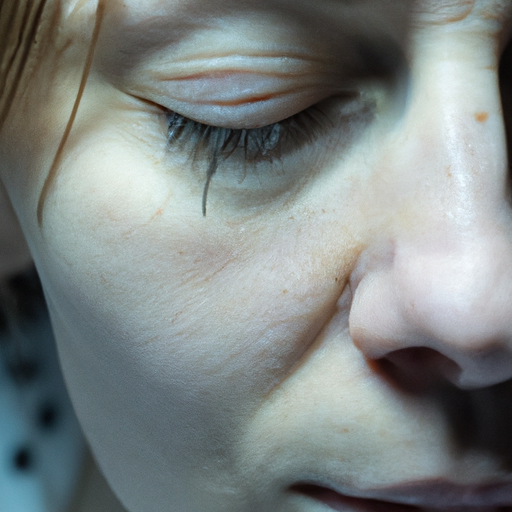As a dermatologist, I often encounter patients struggling with hyperpigmentation, a common skin condition characterized by dark patches on the skin. These patches result from an excess of melanin, the pigment responsible for skin color. Hyperpigmentation can affect anyone, regardless of skin type or color, and can be triggered by various factors, including sun exposure, hormonal changes, inflammation, and certain medications. This article aims to unmask your true skin by delving into the world of hyperpigmentation treatments.
Firstly, it’s essential to understand that hyperpigmentation is not harmful or a sign of a serious medical condition. However, it can cause distress and self-consciousness due to its effect on one’s appearance. The good news is that there are several effective treatments available to manage and reduce hyperpigmentation.
Topical treatments are usually the first line of defense against hyperpigmentation. These include creams, lotions, and serums containing active ingredients like hydroquinone, retinoids, vitamin C, azelaic acid, kojic acid, and licorice extract. These ingredients work by inhibiting the enzyme tyrosinase, which is crucial in melanin production. Over-the-counter products typically contain lower concentrations of these ingredients, while prescription-strength versions offer more potent treatment options.
Chemical peels are another popular treatment for hyperpigmentation. They involve applying a chemical solution to the skin to remove the top layer, revealing fresher and more even-toned skin underneath. The strength of the peel can be adjusted according to the severity of the hyperpigmentation.
Microdermabrasion and dermabrasion are physical exfoliation procedures that can also help treat hyperpigmentation. These treatments work by removing the topmost layer of skin, promoting new skin growth that is less pigmented.
Laser therapy is a more advanced treatment option that uses focused light energy to target and break down excess melanin in the skin. This treatment can be highly effective but requires multiple sessions and can be more expensive than other options.
While these treatments can significantly improve hyperpigmentation, it’s crucial to remember that prevention is always better than cure. Protecting your skin from the sun by wearing a broad-spectrum sunscreen daily, avoiding harsh skincare products that can cause inflammation, and maintaining a healthy lifestyle can all help prevent hyperpigmentation.
In conclusion, hyperpigmentation is a common skin issue that can cause emotional distress due to its impact on appearance. However, with the right treatment and prevention strategies, it is possible to manage this condition and reveal your true skin. As a dermatologist, I recommend consulting with a skincare professional to determine the best course of action for your specific needs. Remember, every skin is unique, and what works for one person may not work for another. With patience and consistency, you can achieve healthier, more even-toned skin.




